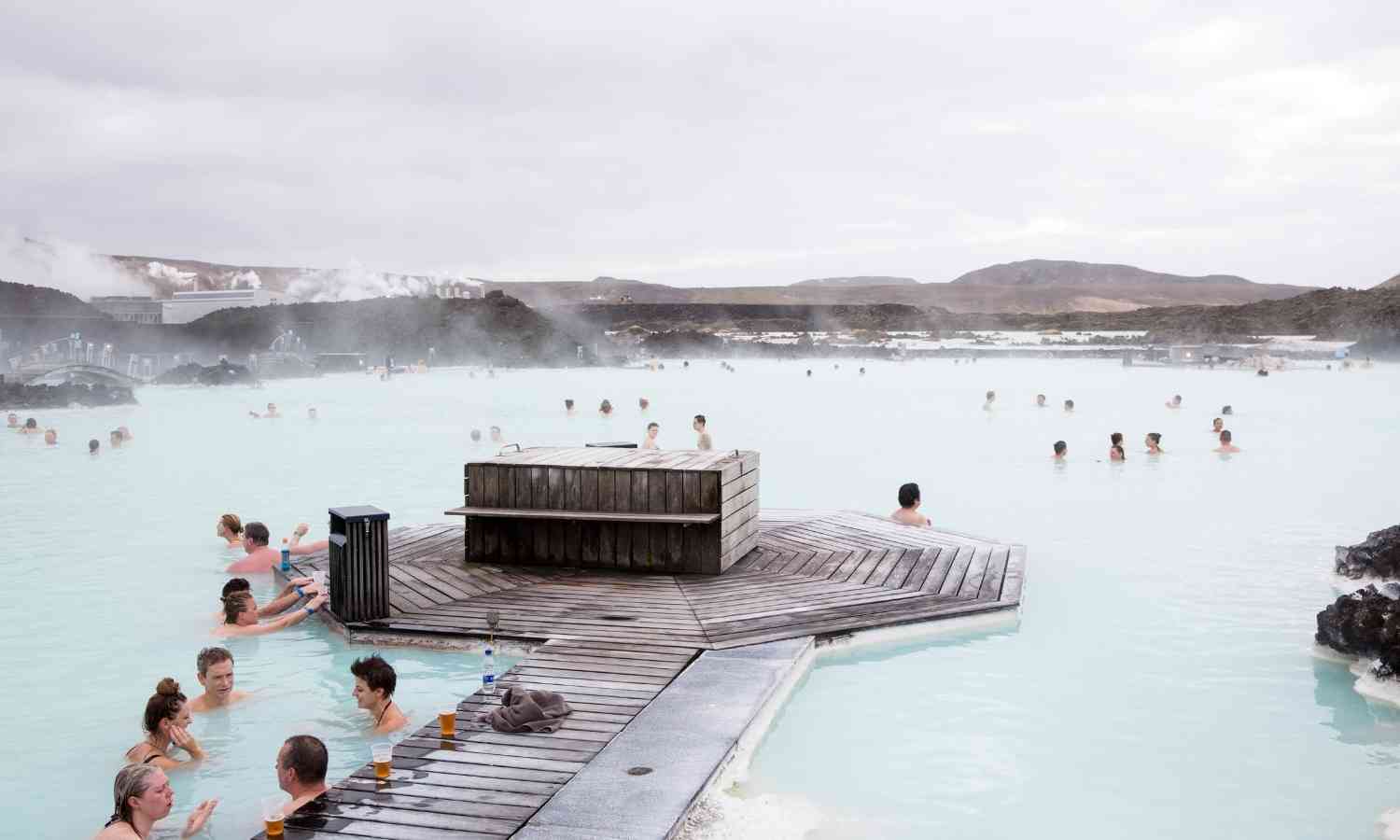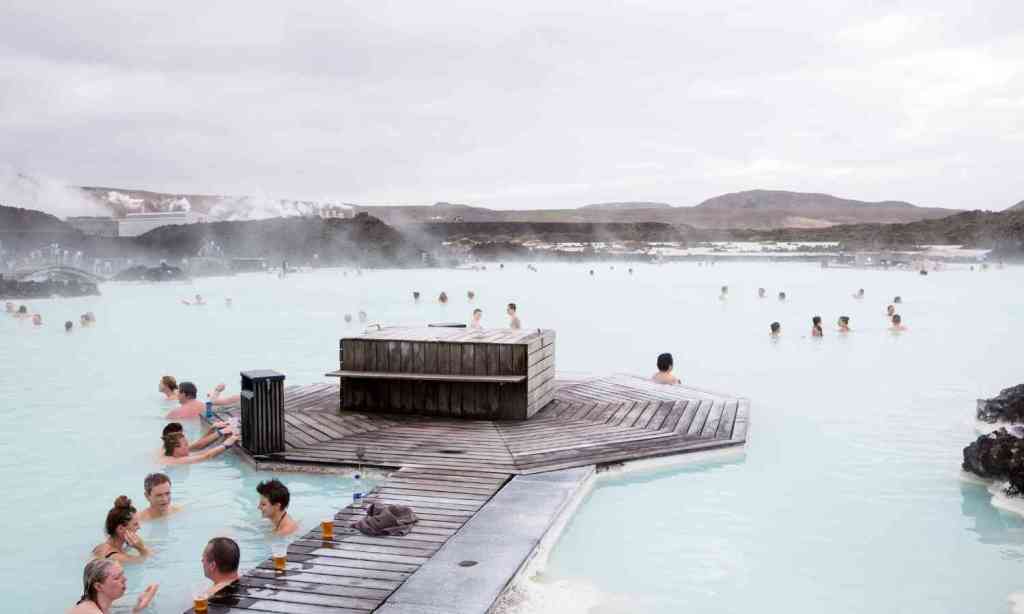The Latch has partnered with Suncorp Bank to deliver sustainability content that helps our readers drive positive action in their everyday lives.
In terms of land mass, Iceland is about 75 times smaller than Australia. Its name translates to “Land of Ice and Fire” and is known for its varied landscapes that give it an otherworldly feel. The country’s variety of landscapes — like mountains, glaciers, volcanoes, and lava fields — give Iceland a very unique perspective in navigating climate change challenges.
It is one of the few countries that already obtain a big portion of its electricity from renewable hydro and geothermal sources. Iceland’s glacial rivers contribute about 70% of its electricity via hydropower, and the country’s ~200 volcanoes enable geothermal to make up most of the rest.
Iceland is committed to going fossil fuel free by 2050 and reducing its overall greenhouse gas emissions to reach climate neutrality no later than 2040. Once a country with the lowest GDP in western Europe in the 20th century, this country is now one to watch for its stunning innovations to mitigate climate change.
Carbon Captures
Greenhouse gases are an enormous problem for many countries that rely on fossil fuels. In its efforts to reduce greenhouse gases, Iceland became the first place in the world for direct air carbon capture and storage. The Orca Plant, which looks like a series of giant air-conditioners, is made up of eight carbon-capturing modules made from 44 shipping containers with filters that can scrub the environmental air, remove carbon dioxide and turn it into stones. This plant permanently removes carbon dioxide from the air and can pull 4,000 tonnes of CO2 every year.
Heat to Electricity
There is no national grid in Iceland — neither a public or private company.
Instead, Iceland depends on geothermal water for electricity. Iceland is one of the pioneers in harnessing geothermal energy from its roughly 200 volcanoes and a large number of hot springs. Geothermal water is a natural occurrence that takes place when fresh and seawater combine at extreme temperatures, 2,000 metres below the earth’s surface. The extraction process appears simple but requires advanced technology that drills near the country’s hot springs to extract a stream that’s released to turn turbines and supply water to nearby settlements.

Even the famous Blue Lagoon is an exemplary case of how geothermal energy is used. Next door to the lagoon is the Svartsengi Resource Park, the sole source of electricity, heating, and hot water at the attraction and UNESCO Geopark.
Reforestation
The Tragedy of Common is not new to humankind. It’s rooted in the idea that a certain group of people have access to a free resource that they use and deplete completely. This was done during the era of colonisation and continues to exist through the 21st century.
The Vikings — who were Scandinavian explorers — ravaged the lands between the years 870 and 930, when they colonised Iceland. They cleared out more than three-quarters of the woodland of mainly bird trees in three centuries to build their homes, boats and also to derive fuel. Since 2021, the Icelandic government has looked into reforestation projects to protect the country from harsh climactic conditions like sandstorms and extremely cold weather. Additionally, global warming has resulted in melting glaciers and soil erosions, which are exacerbated by the lack of forests and strong trees.
The government plans to reforest 20,000 trees on the region’s lava fields over the next few years, to benefit farmers and stand as a protection against the climate crisis. This is a long, ongoing project of both reforestation and afforestation to create a 5% forest cover in the next 50 years.
Locally Grown Food — Even Bananas
Despite having very cold climates outdoors, the country’s horticultural practises lie in their natural renewable sources like spring water and geothermal water. The heat from geothermal energy is conducive to growing crops like potatoes, tomatoes, bell peppers and cucumbers (to name a few). It is also used to disinfect the soil between crops.

Iceland also has a very short summer, however, the farms have circumvented this problem by introducing electric lights to supplement the low levels of sunlight during the winter months to mimic tropical environments.
It might seem shocking to think you could find bananas in Iceland. The small town of Hveragerði, the greenhouse capital of Iceland, has experimented with creating tropical environments to a point that it holds the title of Europe’s largest banana plant.
Read more stories from The Latch and subscribe to our email newsletter.
Any representations, views or opinions contained in this article are those of The Latch and do not reflect those of and are not endorsed by Suncorp Bank.







